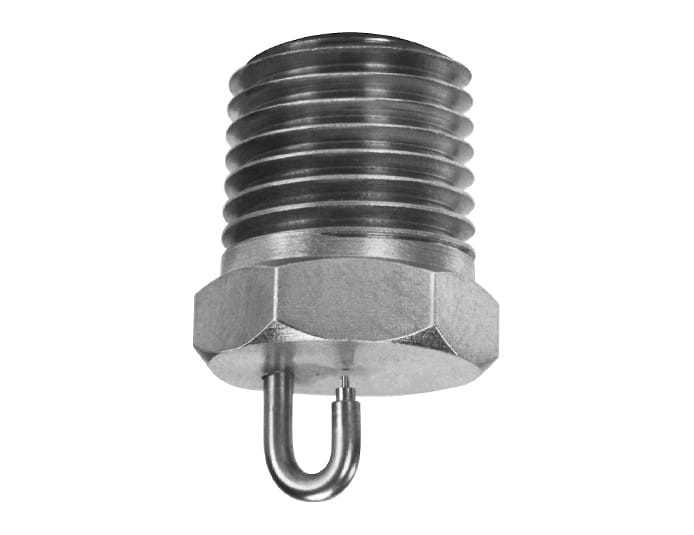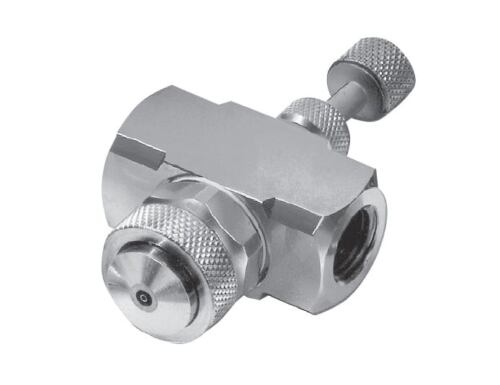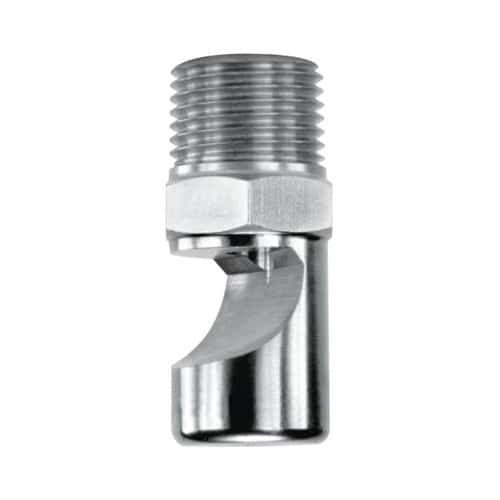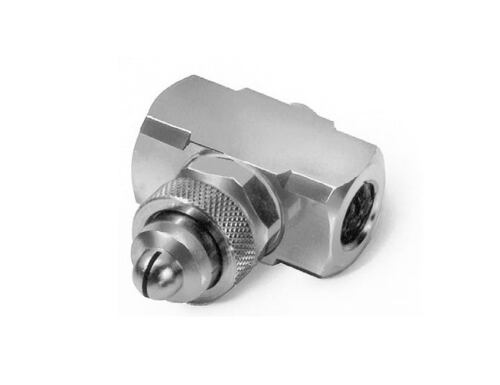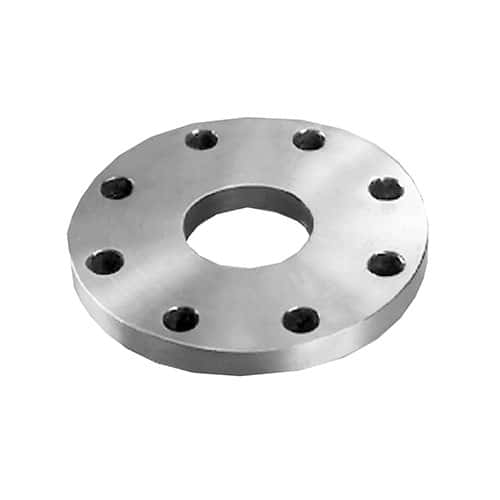Misting nozzles
Misting nozzles are generally considered medium-angle (70-90 degrees) and cone-shaped. Some nozzles (MW) will experience narrower patterns at lower pressures. Air-atomising nozzles can also be classified as misting nozzles in terms of drop size, however, the addition of atomising air can aid in forming different patterns and increasing projection distance.
- The small droplet size is ideal for when you need complete evaporation.
- Misting nozzles can provide a low flow rate that gives optimal results for scientific or pharmaceutical applications where a small dosing pump is used.
- Misting nozzles also can also produce a high flow rate with a small drop size requirement (i.e. area humidification header).
- Other misting nozzles without atomizing air can create smaller droplets (MWH, misting header).
Common uses
- Mist and coating of supermarket produce (especially fruit and vegetables) and other foodstuffs
- Moisten paper, water plants
- Compost piles of crushed products
- Produce fog effects for theatrical productions
- Spray oil mist for coating and lubricating bearings
- Mist onto concrete to facilitate curing
Misting fluids types
- Any low viscous fluids under 10 centipoise (water is most common).
- Above 10 centipoise you may see diminished atomization.
- Some clogging can generally be prevented by filtering suspended solids where necessary.


